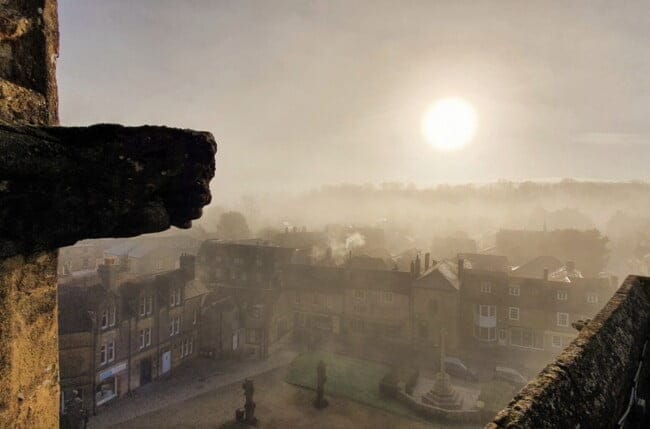What’s the biggest room in the world?
This was one of my Grandma’s favourite sayings and after giving us a moment to consider what the answer might be, she would sagely proclaim: “the room for improvement!”
And of course, in that as in many other things, she was quite correct.
It is true in many aspects of life and no less in our ringing endeavours – one of the things I love about the ringing community is how many of us are keen to improve and progress.
One area that can be particularly challenging is improving our striking.
This can be especially true if we are ringing in a tower where most other ringers are also still developing their skills.
It’s all very well wanting it to sound better but what, actually, should it sound like?
Of course, we are fortunate enough in our Guild to have many towers who are capable of impeccable striking, but we may be a long way from these and anyway, as improvers we may not get chance to ring in such refined company as often as we may like.
So I thought I’d share this short video from YouTube which I think is a great example of good striking from a six bell tower.
Grandsire Doubles at Hinton Waldrist, Oxon
I’d recommend that you read the following notes while listening to the video.
As you listen, notice the overall rhythm. It follows the characteristic rhythmical pattern of English change ringing as practiced in the majority of the country and throughout our Guild.
The ringing starts in rounds; note particularly the spacing between each blow. For twelve blows (every bell’s handstroke, then backstroke) the spacing is exactly the same. It’s a precise beat. After those twelve blows, when every bell has struck at handstroke and then backstroke, a pause of one extra beat is added resulting in us hearing a wider gap before the next handstroke of precisely 2 beats and then this overall rhythm of 12 is repeated. This gap is called the “handstoke gap” as we hear it once all the bells have struck on both blows and therefore just before the handstroke of the first bell of the row to strike.
Notice that, even though this is obviously a good band, they ring rounds for what many might consider a long time. This is a characteristic of good ringers where they take time to get a feel for the rhythm and let it settle into accurate striking before beginning their changes.
Notice also that, once the changes begin, the rhythm stays exactly the same. The only thing that changes is the order of the bells sounding, the drum beat driving the ringing stays exactly the same.
Although in this particular example they are ringing Grandsire, the rhythmic principle is exactly the same for call changes. This is what we are aiming for whatever we are ringing.
If you listen to this example several times you might begin to notice that, even though this is obviously an excellent band, the striking isn’t perfectly mechanical, reminding us that all ringers are merely human striving to produce the best sound that their current skills permit.
It takes a lot of practice to achieve the level of striking in this example but all of us can aspire to move closer to creating this kind of rhythm. For myself, I found that my own striking didn’t begin to improve until I’d got a clearer idea of what the goal was of how it should sound in my mind’s ear. I hope this video and these notes offer some insight to others who, like me, inhabit the biggest room in the world.
Andy Waring
In case you can’t see the embedded video below, Watch the Video on YouTube
Footnotes
This was a touch of 120 Grandsire Doubles for a striking competition at Hinton Waldrist, Oxon (6 bells 6-2-19 in Bb) in which this team (Faringdon) came first place with 8 faults.
There are two regional exceptions to the rhythmical structure described above – in Devon and parts of Cornwall where the most superb call changes are rung, there is no handstroke gap. The space between each blow is exactly the same. There is also a small group of about a dozen towers between Barnsley and Wakefield who traditionally ring methods with no open handstroke which is known as ‘cartwheeling’.
Some really expert bands prefer a slightly longer or shorter handstroke gap. This is great for experts but challenging for learners who are still working on internalising the rhythm so I’d strongly recommend that we mere mortals all stick to a handstroke gap of two beats – this is what the Central Council of Church Bell Ringers recommends. What counts more than anything, though, is that everybody’s handstroke gap is the same – it’s this consistency of rhythm which is the critical factor to making it sound good.
AW







